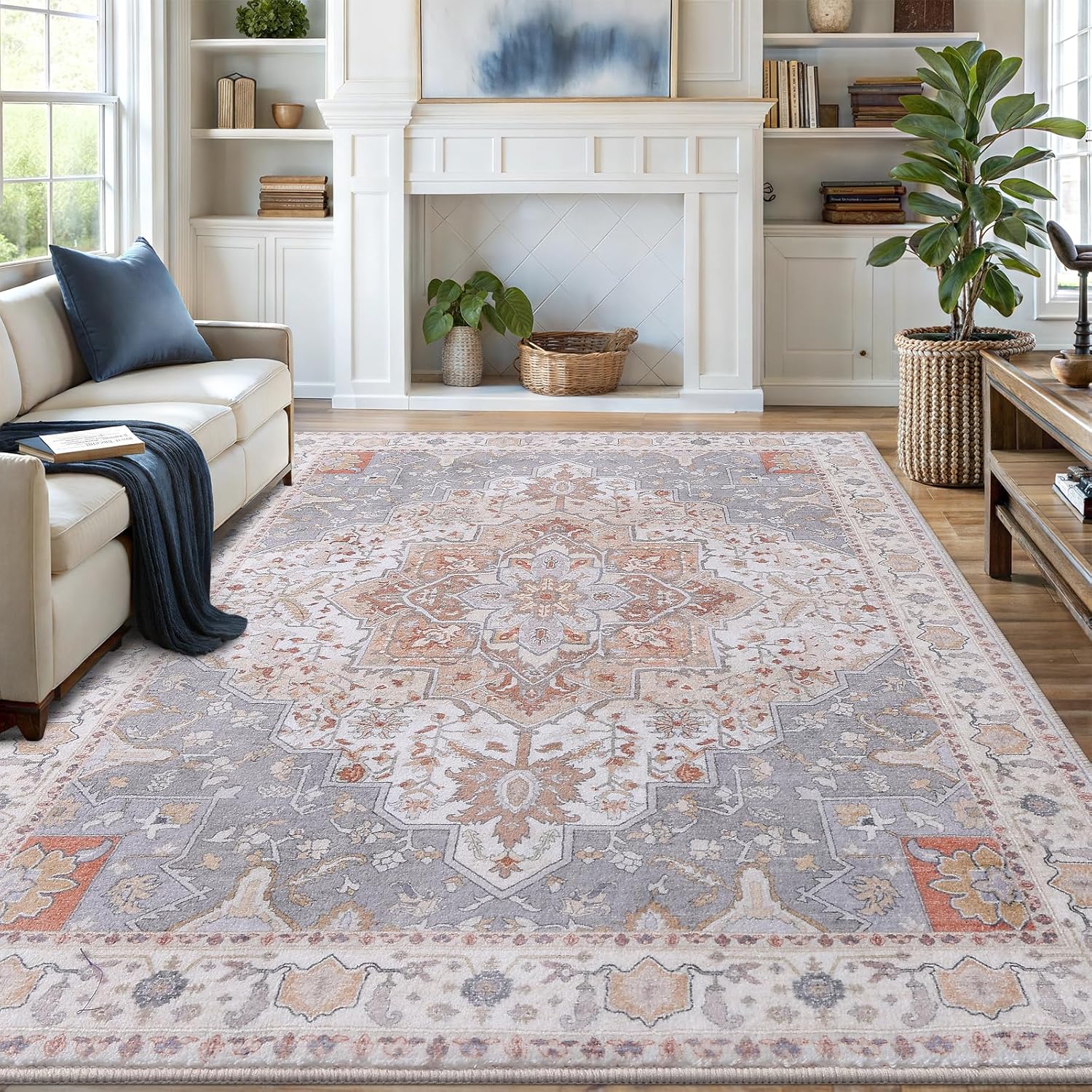Use a mixture of warm water and mild dish soap, scrub gently with a soft cloth, and rinse for effective stain removal on vinyl flooring.
Vinyl flooring offers durability and easy maintenance, but stubborn stains can still occur. Whether dealing with food spills, pet accidents, or scuff marks, knowing the right techniques will keep your floors looking pristine. This guide provides expert-approved methods for tackling every type of stain.

Understanding Vinyl Flooring and Stain Risks
Modern vinyl flooring features a protective wear layer that resists stains, but this shield can degrade over time. The material’s porous nature means liquids can penetrate if left untreated. High-traffic areas and improper cleaning methods increase vulnerability to permanent discoloration.
How Stains Affect Different Vinyl Types
Luxury vinyl plank (LVP) and sheet vinyl react differently to stains:
- LVP: Seams may trap liquids if not properly sealed
- Sheet vinyl: More resistant but vulnerable to chemical damage

Common Stain Types and Their Causes
| Stain Type | Common Sources | Risk Level |
|---|---|---|
| Food & Beverage | Coffee, wine, tomato sauce | High (acidic content) |
| Ink/Dye | Markers, fabric transfer | Extreme (penetrates deep) |
| Rubber Marks | Shoe soles, furniture pads | Medium (surface-level) |
Essential Cleaning Tools and Products
For effective stain removal without damage, keep these supplies on hand:
- Non-toxic cleaning solutions for regular maintenance
- Microfiber mops (avoid string mops that leave excess water)
- Soft-bristle brushes for scrubbing
- White vinegar and baking soda for DIY solutions
- Steam mops (use on low setting only)
Step-by-Step Stain Removal Techniques
1. Food and Beverage Stains
Act quickly with this method:
- Blot (don’t rub) the spill immediately
- Mix 1 cup warm water with 1 tsp dish soap
- Gently scrub with soft cloth
- Rinse with clean water and dry thoroughly
For Red Wine or Berry Stains:
Create a paste with baking soda and hydrogen peroxide (3% solution). Apply for 5 minutes before gently scrubbing. According to Flooring.org, this method works for 89% of pigmented stains.
2. Ink and Dye Stains
These require specialized treatment:
- Isopropyl alcohol (70% solution) on cotton ball
- Blot gently until stain lifts
- Follow with mild soap wash
3. Rubber Scuff Marks
Eraser method works best:
- Use a clean tennis ball or magic eraser
- Rub in circular motions with light pressure
- Buff with microfiber cloth
Advanced Stain Solutions
For persistent stains, try these professional techniques:
Oil and Grease Removal
As recommended by The Spruce, use:
- Dawn dish soap (1 tbsp per gallon of water)
- Scrub with soft brush
- Rinse with vinegar solution (1:1 water/vinegar)
Pet Accident Treatment
Enzyme cleaners work best for urine stains. Look for products specifically designed for vinyl floors to prevent discoloration.
Prevention Tips for Long-Term Protection
- Place mats at entryways to trap dirt
- Use felt pads under furniture
- Clean spills within 15 minutes
- Avoid abrasive tools and harsh chemicals
When to Call Professionals
Seek expert help for:
- Deep-set stains that resist home treatments
- Discoloration covering large areas
- Any damage to the wear layer

